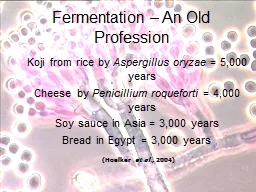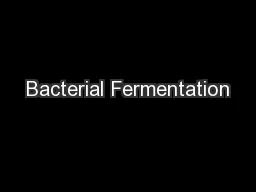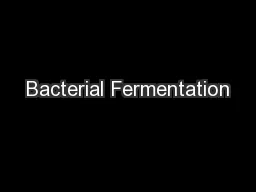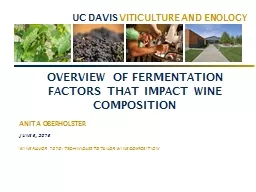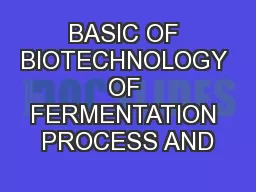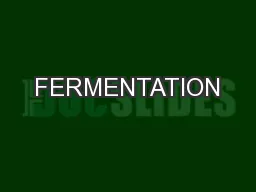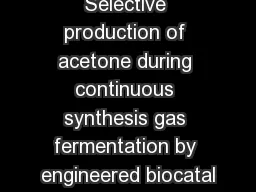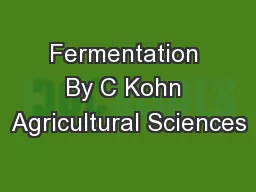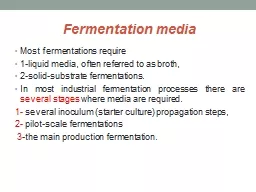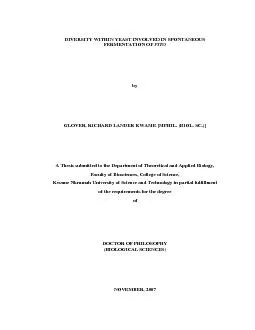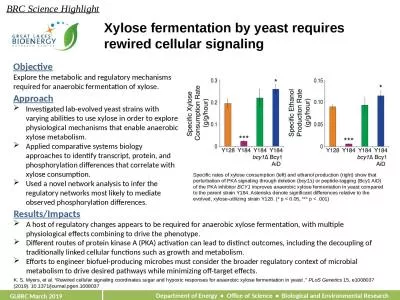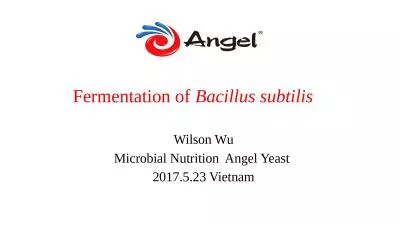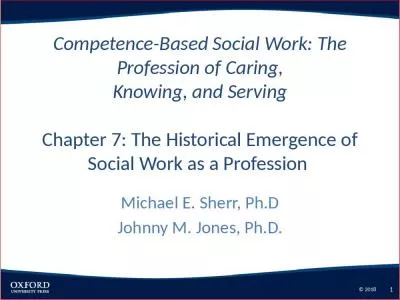PPT-Fermentation – An Old Profession
Author : pattyhope | Published Date : 2020-06-23
Koji from rice by Aspergillus oryzae 5000 years Cheese by Penicillium roqueforti 4000 years Soy sauce in Asia 3000 years Bread in Egypt 3000 years Hoelker
Presentation Embed Code
Download Presentation
Download Presentation The PPT/PDF document "Fermentation – An Old Profession" is the property of its rightful owner. Permission is granted to download and print the materials on this website for personal, non-commercial use only, and to display it on your personal computer provided you do not modify the materials and that you retain all copyright notices contained in the materials. By downloading content from our website, you accept the terms of this agreement.
Fermentation – An Old Profession: Transcript
Download Rules Of Document
"Fermentation – An Old Profession"The content belongs to its owner. You may download and print it for personal use, without modification, and keep all copyright notices. By downloading, you agree to these terms.
Related Documents

